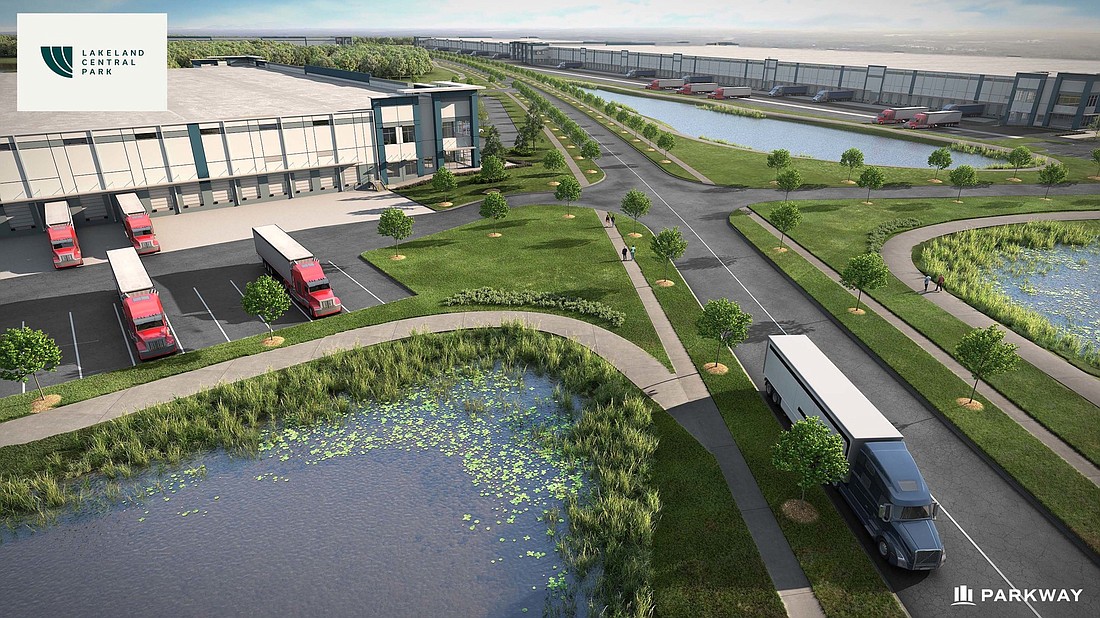- December 15, 2025
-
-
Loading

Loading

More than 40 million square feet of new industrial real estate —modern-day warehouses, distribution and fulfillment centers and so-called “last-mile delivery outposts — have been delivered along the Gulf Coast and into Central Florida since 2015, according to data collected by area commercial real estate brokerage firms.
That’s roughly equivalent to all of the office space in Hillsborough and Pinellas counties, and a testament to the strength of the region’s Central and Southwest Florida location and population clustering.